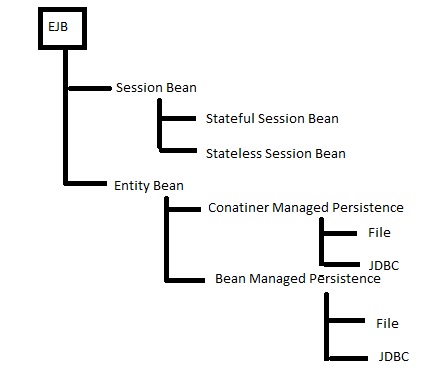| |
- The Java Bean is a software component that has been designed to be reusable in a variety of different environments.
- Java Beans by themselves are simply a way of giving Java objects a portable interface.
- This allows them to be manipulated with development tools as complete units and attached to other beans to make a complete application. Essentially, Java Beans are the nuts and bolts, and parts in the machine itself.
- An Enterprise Java Bean (EJB), on the other hand, is a server-side application that communicates with remote clients to provide a given processing function.
- By definition, EJBs are part of a client/server system. They normally do not function by themselves without any interaction from a client. An EJB itself might be made up of many individual Java Beans.
- Still, the only reason that such an application would be called an EJB is because it provides a network function.
|
 Java Stream Question and Answers
Java Stream Question and Answers